Remember that time you spent hours battling aphids off your precious horseradish plants? Let me tell you, it’s not a pleasant experience. And luckily, there’s a way to avoid the struggle—companion planting!
Companion planting with horseradish can be your secret weapon for creating a thriving ecosystem that keeps these pesky insects at bay while attracting beneficial insects to your garden.
Sounds pretty good, right?
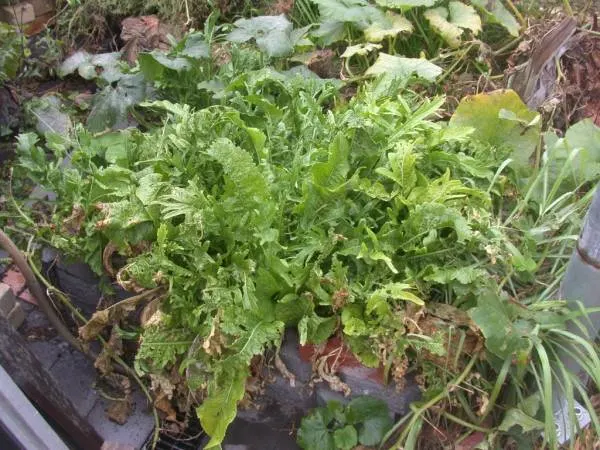
What Is Companion Planting?
Companion planting is a gardening technique in which we closely plant compatible plants together that mutually benefit from each other.
Many gardeners use this concept to enhance their space by utilizing its core principles. Companion planting can allow you to optimize your gardening space, deter different pests, and attract beneficial insects to your garden.
Why Should We Do Horseradish Companion Planting?
Beyond its culinary value, horseradish offers numerous benefits to its companion plants. Its deep root system promotes soil aeration and drainage, fostering a healthy environment for neighboring plants.
Additionally, horseradish produces volatile compounds that repel various pests, including aphids and whiteflies, acting as a natural defense mechanism for itself and surrounding plants. This pest-repellent property, coupled with the potential for flavor enhancement from certain companion plants (e.g., chives), makes horseradish a valuable addition to any well-planned garden.
The Best Horseradish Companion Plants
Now, let’s talk about the best horseradish companion plants.
To understand which plants are most compatible with horseradish, we have categorized them based on their respective benefits.
Pest Control Companions
These plants will help attract beneficial insects and repel harmful pests from your garden.
1. Marigolds
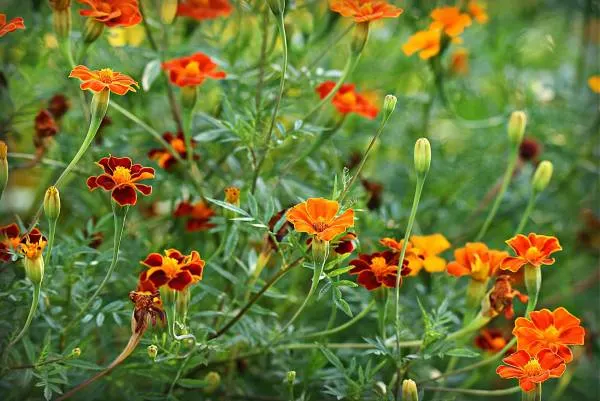
Marigolds are annual flowering plants with yellow, orange, or red blooms.
They can be an excellent addition to your garden because they attract pollinators and beneficial insects like ladybugs and lacewings, which help control other harmful pests (like aphids).
Additionally, they may deter some pests like nematodes and whiteflies as well.
2. Chives
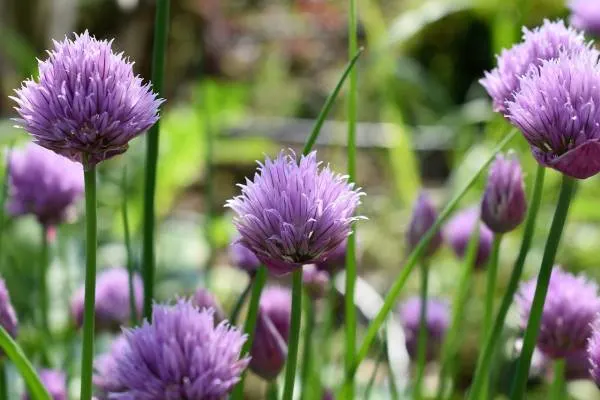
Chives are perennial herbs with slender, hollow leaves and an onion-like flavor.
They let you enjoy a mesmerizing display of purple flowers in late spring and early summer.
Other than that, they can be great companions for your horseradish patch. Regarding pest control, they attract hoverflies, wasps, and other beneficial insects that prey on pests like aphids and caterpillars.
They also help improve soil structure and fertility because of their deep root system.
You should consider planting them near the perimeter of your horseradish plants.
3. Nasturtiums
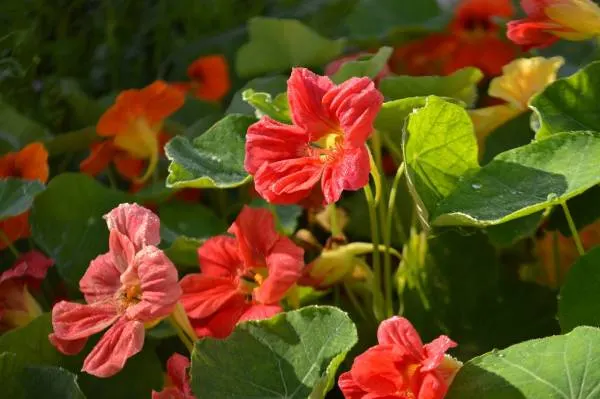
Nasturtiums are fast-growing annual vines known for their vibrant, edible flowers.
These bright blooms come in various colors, like orange, yellow, and red, attracting bees and other pollinators to the garden and promoting a healthy ecosystem. Nasturtiums may also deter pests like aphids and squash bugs, offering an extra layer of protection for your horseradish and other plants.
Acting as living mulch, they suppress weeds and moisten the soil with their dense foliage. Consider using trailing varieties around the base of your horseradish plants or climbing varieties on trellises nearby for a vibrant and beneficial companion.
Space Optimization Companions
Some companions mature quickly and are suitable for interplanting between horseradish plants.
1. Rhubarb
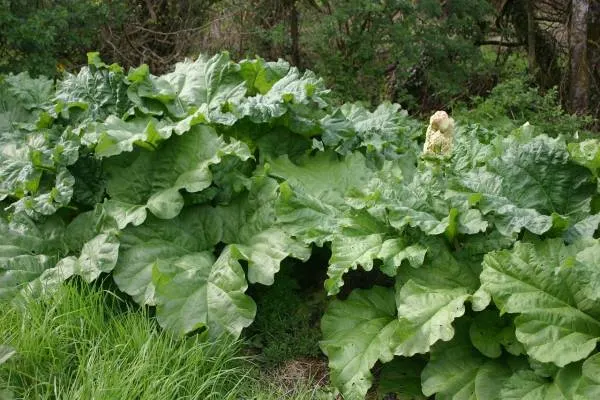
Rhubarb is a space-efficient companion for horseradish.
During its first few seasons, horseradish focuses on establishing its root system, leaving space above ground. Rhubarb thrives in light and moisture conditions similar to horseradish and can utilize the free space above the developing horseradish roots.
However, it’s important to remember that rhubarb is a heavy feeder and can become aggressive as it matures. Plan to avoid resource competition and relocate the rhubarb to another bed after a few years.
On the other hand, plant them initially in separate sections of the garden bed.
2. Strawberries
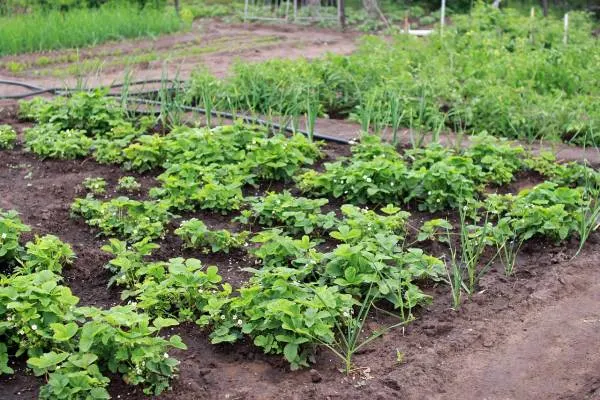
Strawberries effectively utilize the understory space around your developing horseradish. They prefer similar soil conditions and enjoy the partial shade that horseradish plants can provide in the afternoon, especially in hot climates.
Strawberries are considered short-lived and require replanting every few years. This characteristic makes them suitable for interplanting with horseradish, which has a longer lifespan.
Remember to choose everbearing varieties of strawberries for continuous harvest throughout the season.
3. Asparagus
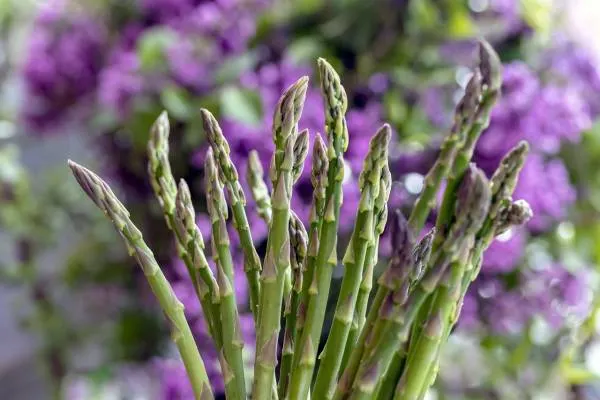
While not ideal for immediate space optimization, asparagus can be considered a long-term companion for horseradish because it has a slow establishment and dedicated planting needs.
Planting horseradish between asparagus crowns during the initial establishment years can utilize the empty space efficiently. However, removing the horseradish plants before the asparagus matures is crucial to avoid competition for resources and sunlight.
Shade Providing Companions
Let us introduce plants that shade the horseradish roots, helping them retain moisture during hot weather.
1. Potatoes
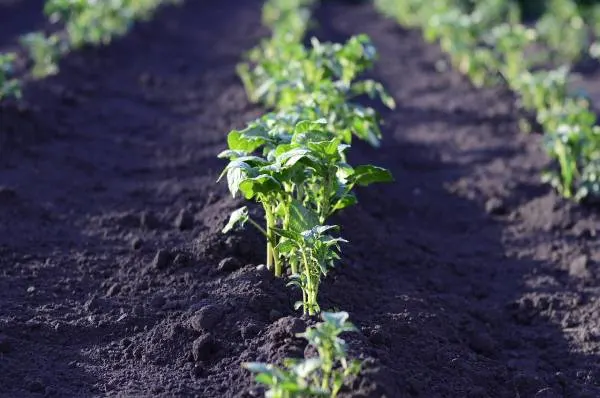
Potatoes are considered one of the best companion plants for horseradish.
We all have potatoes in our garden, right?
As horseradish companion plants, potatoes can provide partial shade to horseradish roots in the afternoon. They can also help in retaining moisture during hot weather.
However, potatoes are heavy feeders and can compete with horseradish for nutrients in the soil. They are also susceptible to late blight, which is a devastating disease.
It is better to plant your horseradish at the corners of your potato patch or plant your potatoes in a separate bed to avoid competition for resources.
Also, choose a disease-resistant potato variety if you use them as companions.
2. Fruit Trees
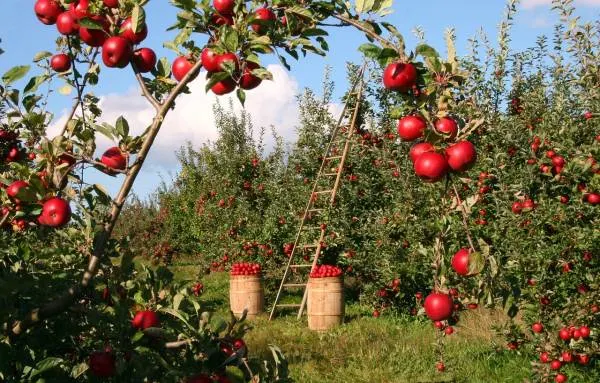
Fruit trees are long-term horseradish companions who provide shade to the horseradish plants while benefitting from their insect-repellent properties.
It’s essential to keep in mind that young fruit trees might not be able to provide enough shade, and mature fruit trees may provide too much shade, hindering the growth of horseradish plants.
You must ensure that your horseradish gets adequate sunlight throughout the growing season.
You can plant your horseradish on the north side of your fruit trees to benefit from afternoon shade, helping retain moisture. However, growing your horseradish near fruit trees might require relocating them as the tree matures.
3. Plants in the Nightshade Family
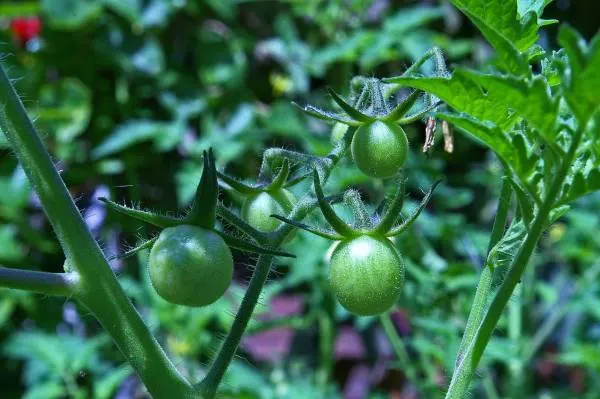
Plants in the nightshade family include warm-seasoned vegetables belonging to the Solanaceae family.
They include tomatoes, peppers, eggplants, etc.
Like potatoes, these plants can offer partial shade for horseradish roots, aiding moisture retention. However, nightshade family plants are heavy feeders and may compete with horseradish for resources.
They are also susceptible to diseases similar to potatoes, potentially spreading to horseradish.
Fruit Tree Companions
Horseradish can benefit fruit trees by deterring pests.
Here are a few examples:
1. Berries
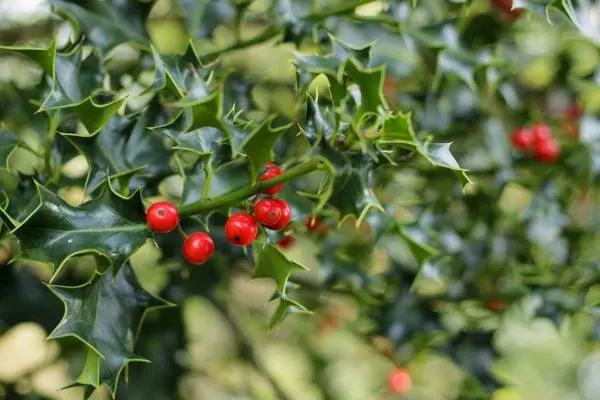
If you’re worried about those pesky borers munching on your berries, horseradish might help deter them with its strong scent.
Plant horseradish at the edge of the berry patch, keeping a distance of at least 12–18 inches from the berry bushes. That ensures sufficient space for both plants and prevents competition for resources.
Also, choose everbearing varieties for continuous harvests throughout the season.
2. Grapes
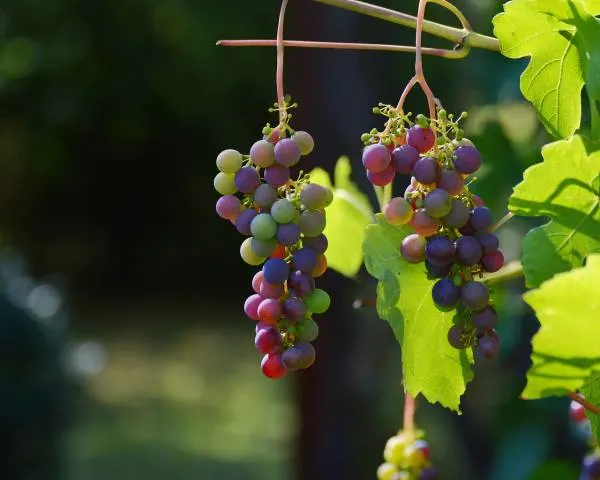
Similar to berries, horseradish may help deter some unwanted pests from your grapevines as well. On the other hand, grapevines will provide partial shade to horseradish, protecting it during hot weather.
But remember, young grapevines won’t provide much shade initially.
For young grapevines, plant horseradish several feet away on the north side. That allows the grapevine to establish itself and receive full sunlight, while horseradish benefits from the afternoon shade.
As the grapevine matures and casts more shade, you may need to relocate the horseradish to a different location.
Additional Tips for Horseradish Companion Planting
Before letting you go, I’d like to share some additional tips with you guys so you can start experimenting with your companion planting journey.
Planting and Care Tips
- Horseradish: Horseradish thrives in cool, moist conditions. So, the best time to plant them is in early spring when the soil is workable. Pick a spot that gets some sunshine, but if you live in a hot climate, aim for somewhere with afternoon shade. Water your horseradish regularly, especially during dry spells and the first year after planting. You want the soil to be moist but not soggy, kind of like a damp sponge. Lastly, divide and replant your horseradish every 3–4 years to keep the roots healthy and prevent them from getting too crowded.
- Companion Plants: Research the specific planting and care requirements of each chosen companion plant. Ensure they thrive in similar light and moisture conditions as horseradish.
General Tips
- Start Small: Begin with a few companion plants around your horseradish and observe their interactions before expanding.
- Consider Crop Rotation: Rotate your horseradish and companion plants every few years to prevent nutrient depletion and disease buildup.
- Monitor Closely: Observe your plants for any signs of competition or pest/disease issues and adjust planting locations or add additional support as needed.
Addressing Common Concerns
Let’s answer some of your questions.
Will Horseradish Compete with My Other Plants?
Yes, it has the potential to compete for nutrients and water.
Choose companions with different root structures and nutrient needs to minimize competition. Plant them at appropriate distances and consider rotating crops or using raised beds for further separation.
Will Companion Plants Attract Unwanted Pests to My Horseradish?
While some companion plants attract beneficial insects, choosing varieties that don’t harbor harmful pests is essential.
Is Companion Planting with Horseradish Guaranteed to Work?
Companion planting can be beneficial, but it’s not a guaranteed solution for pest control or increased yield.
Always prioritize proper planting, care, and monitoring of all plants for optimal results.
That’s all, folks!
Conclusion
Companion planting is an ongoing learning process.
Experiment with different combinations and observe how your plants interact. You can create a thriving and sustainable garden ecosystem by understanding the needs of both horseradish and its companion plants.
Happy planting!
